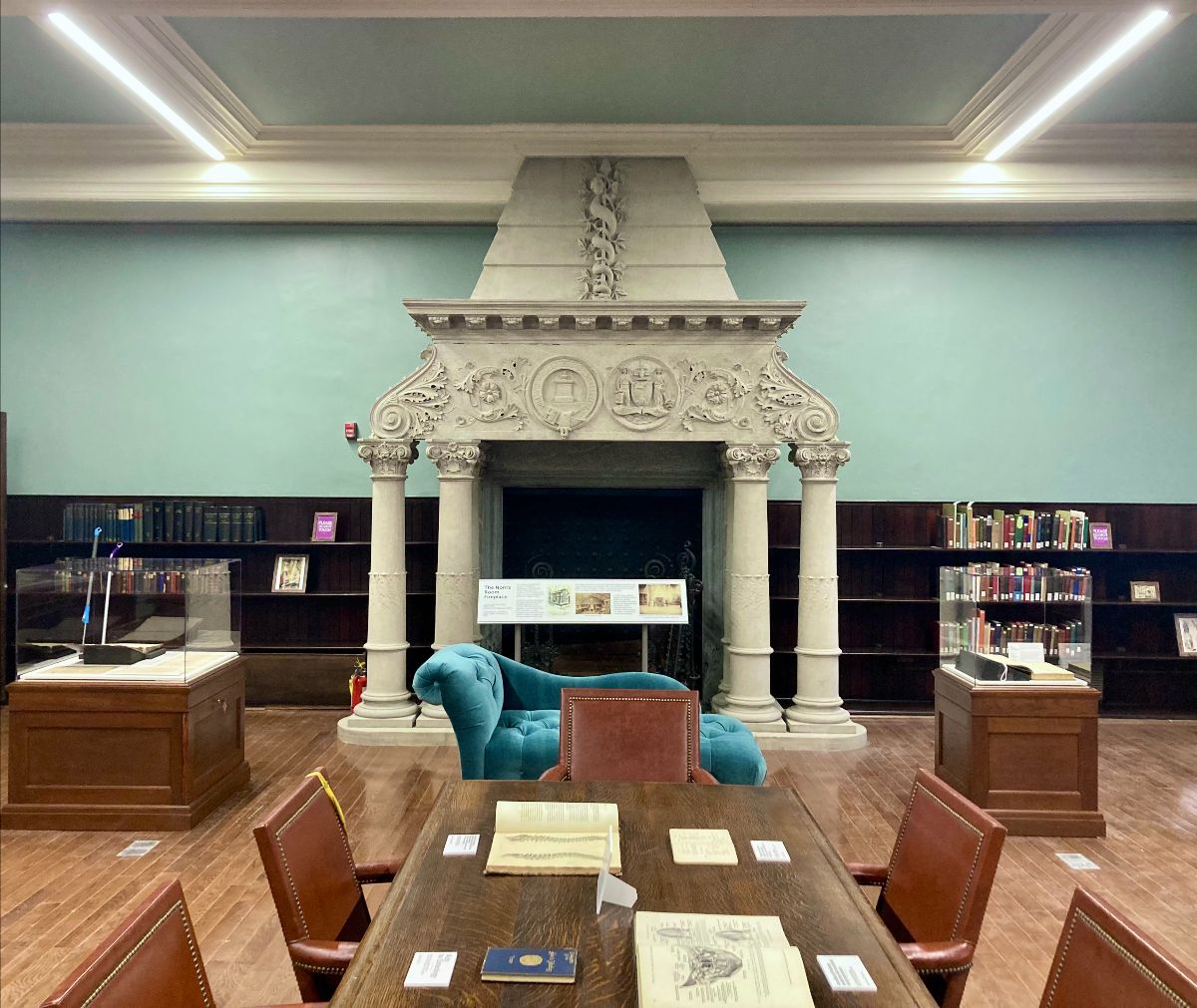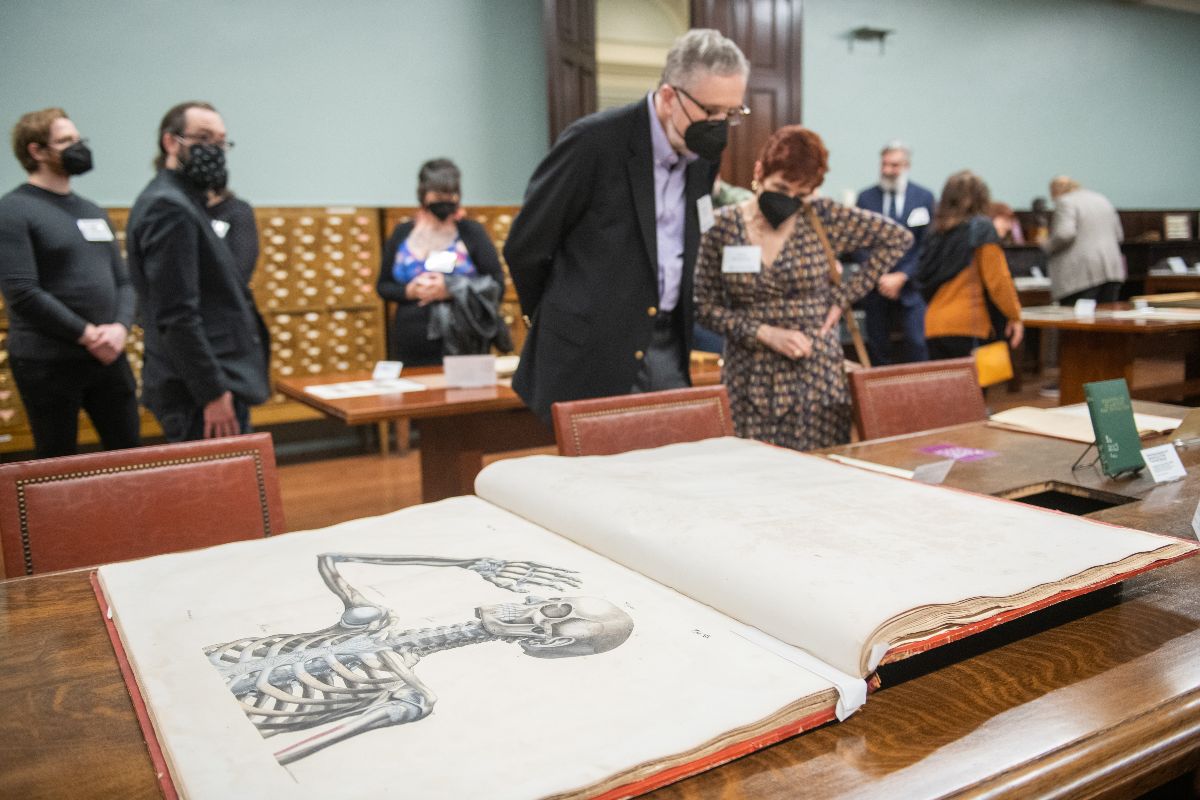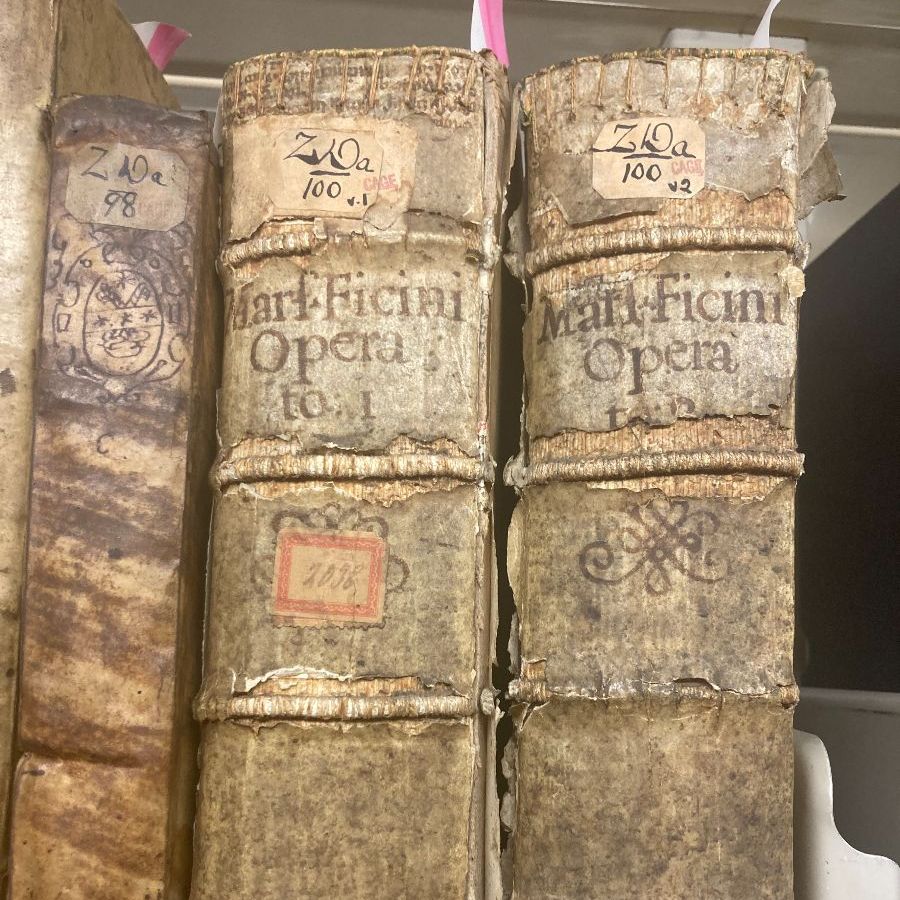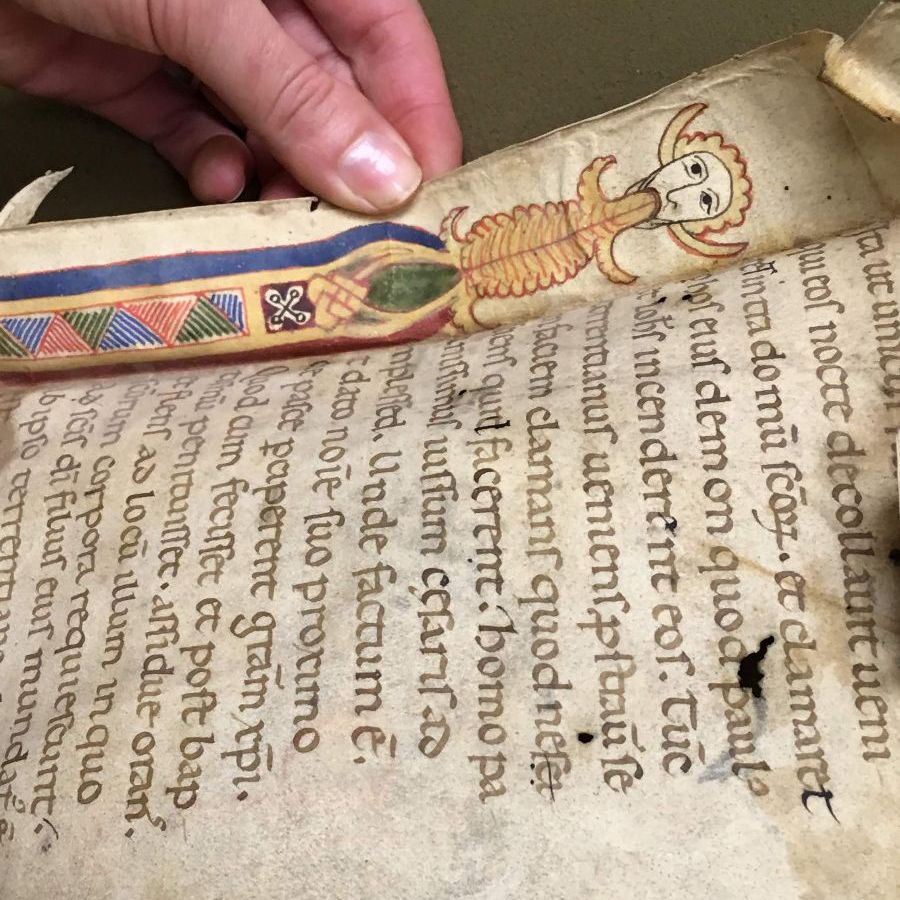WE HAVE EXCITING NEWS!

Our Historical Medical Library is now open to the public on weekends, for the first time in its 200+ year history! You’ll find rotating exhibits of rare books, artwork, and more. The best part? Your admission to the Library is included with tickets to the Mütter Museum!

“Up until now, the only way to access our collection was by appointment or viewing our digital collection,” said Heidi Nance, Historical Medical Library Director. “Opening our doors to visitors on the weekends represents a new phase for one of Philadelphia’s greatest hidden treasures, sitting just above the iconic Mütter Museum.”
Thanks to the vision and generosity of our Trustees and our 2021 Giving Tuesday donors, the Library doors are now unlocked and welcoming Museum visitors on Saturdays and Sundays from 10:00 AM to 5:00 PM.
Reserve your ticket >>

Our Library was created by the College’s Fellows in 1788 and was Philadelphia’s central medical library for over 150 years, serving its medical schools, hospitals, physicians, and other health professionals. It contains 300,000 rare books, art, historic medical photographs, medical trade ephemera, first editions, and woodcut art, plus scrolls, stone tablets, lithographs, daguerreotype photos, handwritten letters, and many more remarkable items. The jewel of the Library is a collection of more than 400 books printed before 1501, called “incunabula.” The oldest book on-site was printed in the 13th century.
“As we’ve worked to make The College of Physicians of Philadelphia more accessible in a variety of ways, inviting the public into the Historical Medical Library has long been a dream,” said Dr. Mira Irons, our President and CEO. “The complementary collections within our Museum and Library work together to tell a story of the past, present, and future of medicine.”
“Now, more than ever, it’s important that the public be exposed to medical history. Understanding where we’ve come from helps us to understand, and appreciate, the present — and look towards the future of healthcare,” continued Dr. Irons.
We can’t wait for you to see it!
P.S. If you don’t already, make sure to follow our Twitter and Instagram accounts!








